Combat Extreme™ Southern Zone

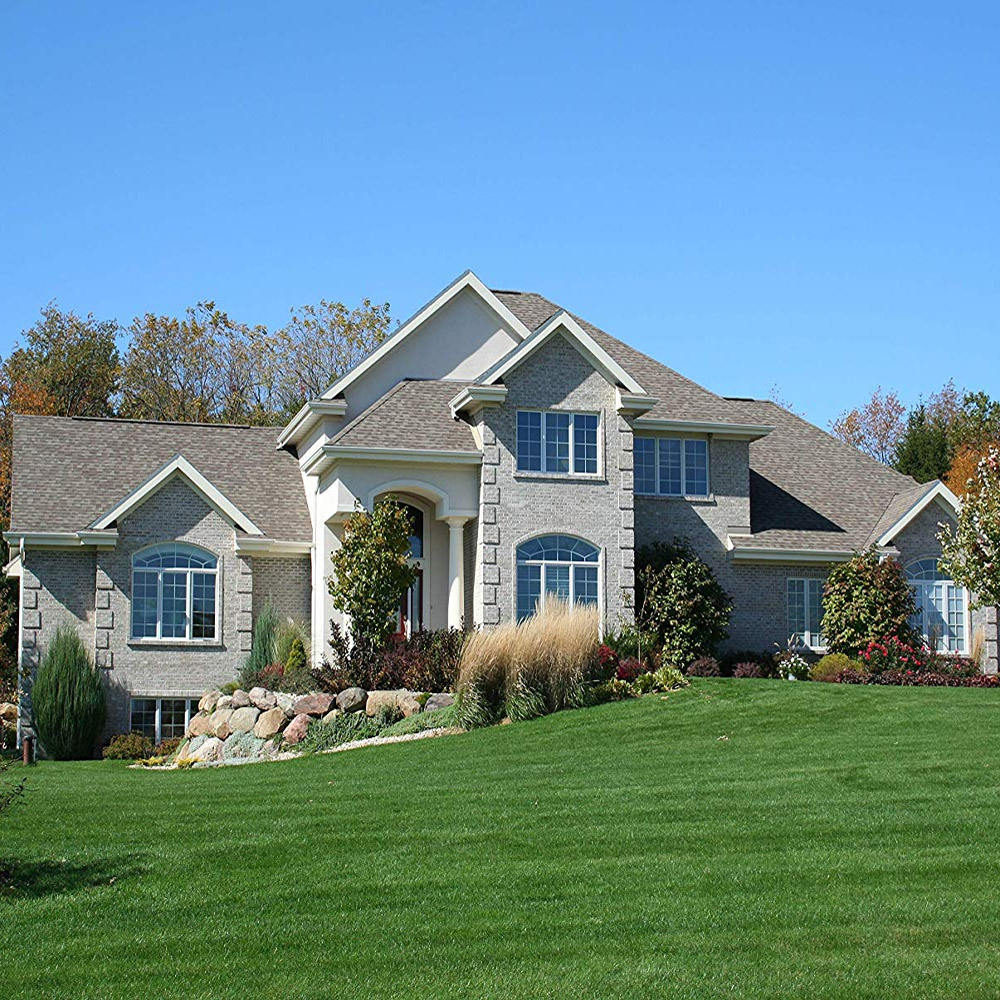
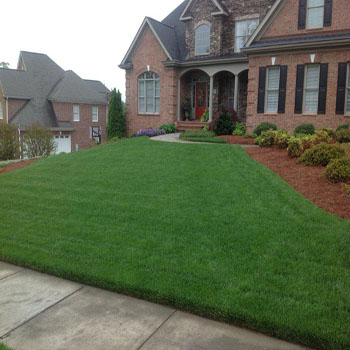
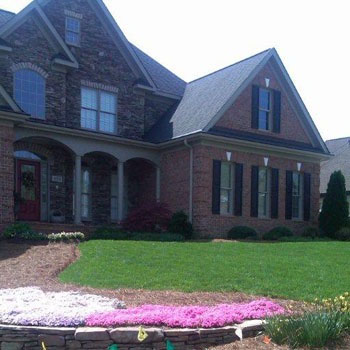
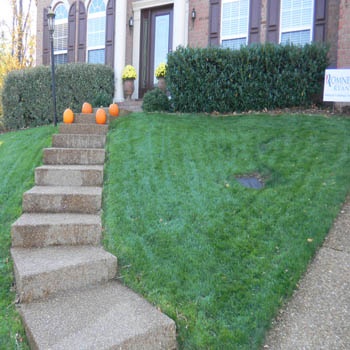
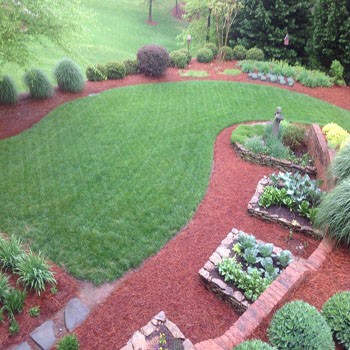
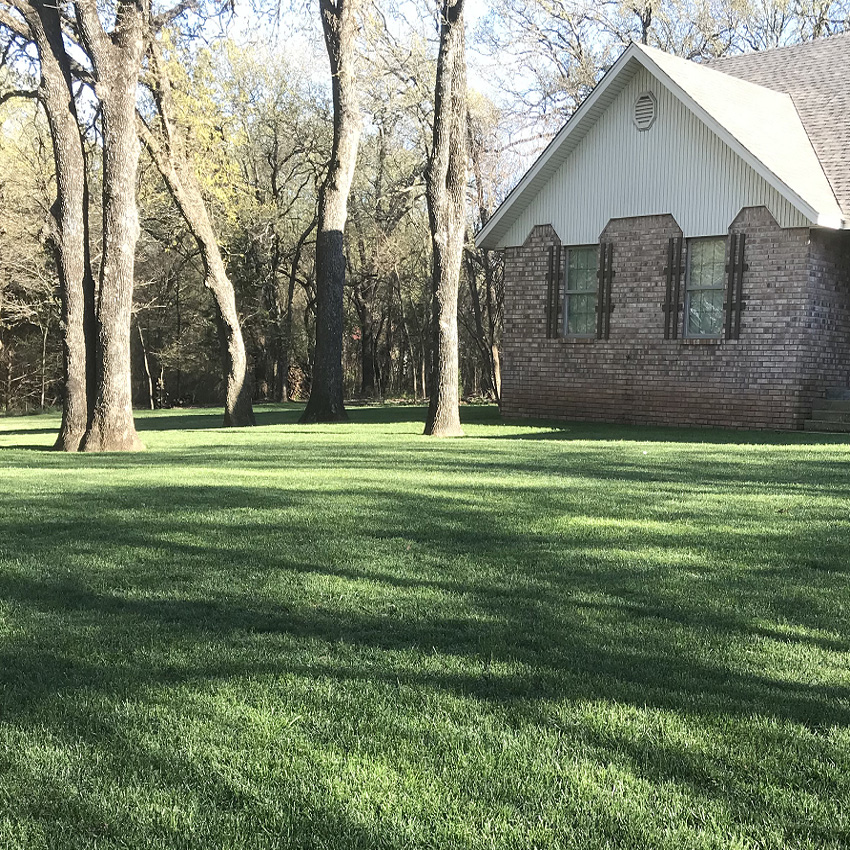

Combat Extreme™ Southern Zone - is a 3-way mixture of turf type fescue and Hybrid Bluegrass which is heat and drought tolerant enough to be used in USDA Zones 8 - 10 (partial shade recommend for USDA Zone 9 and 10). This mixture is approximately 90% turf type fescue grass seed and 10% hybrid bluegrass seed by weight. By seed count, this makes almost a 50/50 blend of fescue and hybrid drought tolerant bluegrass.
The bluegrass hybrid that is in Combat Extreme™ grass seed mix is SPF 30. It is a cross between Kentucky bluegrass (Poa pratensis) and Texas bluegrass (Poa arachnifera), and it is well suited for bluegrass turf applications for improved heat and drought tolerance. SPF 30 features a low-growing, moderately dense growth habit with a medium, bright green color and a medium-fine leaf texture and offers improved shade tolerance. SPF 30 mixes well with most other cool-season grasses such fine fescue, Kentucky bluegrass, perennial ryegrasses, and tall fescue. Because of its Texas bluegrass component, SPF 30 is well suited for areas with temperate to hot summers and more temperate winters. It is well suited to mixes with turf-type tall fescues, affording improved density and recovery from damage. SPF 30 has exhibited the following characteristics:
Why Combat Extreme™ Southern
Thick Even Lawn
Wear Tolerant
Deep Root System
- Excellent heat tolerance. This grass, in fact, seems to grow better the warmer it gets in the summer. The growth and vigor of most Kentucky bluegrass varieties will generally decline under high heat (upper 80s-100s), which can reduce its traffic and wear tolerance during the hottest times of the growing season. The Texas hybrid blue grass appears to maintain more active summer growth, which translates into better traffic tolerance and ability to recover from traffic injury.
- Deep and extensive root production. These hybrids produce an extensive root system, which enhances heat and drought resistance. A dense root system will also improve traffic tolerance, ability to recover from wear, and will improve footing (traction) in a sports turf application.
- Extensive and aggressive rhizome formation. These grasses form large, extensive and aggressive rhizomes (underground stems). Different from roots, rhizomes contain growing points that produce new grass plants. Grasses that produce rhizomes are better able to tolerate traffic and will recover more quickly from traffic-induced wear – often without the need to re-seed the worn areas. An aggressive rhizome system also means better traction in a sports turf situation.
- Low mowing height tolerance. Its excellent heat tolerance and aggressive root and rhizome formation characteristics allow this grass, when necessary, to be mowed at lower heights than many Kentucky blue grasses – especially during the heat of summer. This can be important for “showcase” sports turf applications.
- Potential to require less irrigation. There is a good anecdotal field evidence to suggest that the hybrid blue grasses require less irrigation than some of the Kentucky blue grasses, and perhaps less than the turf-type tall fescues. This ability to sustain growth and vigor with less irrigation is likely due to its ability to form deeper roots than most other blue grasses, and its excellent heat tolerance.
Three Combat Blends To Optimize Varieties:
- Combat Extremeâ„¢ Northern Zone - USDA Zones 4 - 5
- Combat Extremeâ„¢ Transition Zone - USDA Zones 6 - 7
- Combat Extreme™ Southern Zone - USDA Zones 8 - 10
Each Combat Extreme™ mixture will perform well outside of the given zone. For example, there is no reason you could not use Combat Extreme™ Transition Zone in USDA Zone 8 or Combat Extreme™ Northern Zone in USDA 6. These USDA Zones are given as optimal guidelines, but not as fixed rules.
The turf type fescue varieties selected for this blend have fine to medium leaf blades which allow it to form a dense turf. SPF 30 is a very fine bladed grass and it blends in exceptionally well with our selected turf type fescues. These varieties were specifically selected for the warmer portions of the United States due to their characteristics and are grown in USDA Zones 8 - 10 (partial shade recommend for Zone 9 - 10).
Your blend will contain two fescue cultivars that are drought tolerant turf type fescues for the hot regions of the United States. Combat Extreme™ Southern Zone grass seed has improved germination which allows it to establish more quickly than other varieties and its lower growth habit significantly reduces the amount of top growth. It does extremely well in full sun or partial shade in USDA Zones 8 - 10. Combat Extreme™ grass seed has superior heat and drought tolerance and makes and excellent choice for a shade tolerant grass for the south which is something that warm season grasses can not provide. Combat Extreme™ Southern Zone grass seed an excellent choice for professional or home use. Some examples of fescues we often use are:
Rhizing Moon or Bloodhound - These are new and improved, heat and disease resistant tall fescue varieties developed for superior turf quality across a wide area of adaptation. They are both dark green, moderately fine textured varieties that exhibit excellent wear tolerance, improved turf density and resistance to Brown Patch. They quickly forms a strong dense turf because of their rhizomatous root system. They are endophyte enhanced for added disease resistance.
Rhizing Moon and or Bloodhound are recommended for permanent turf in full or partial shade on golf course roughs and low maintenance sites. it is an excellent choice for sod growers. They can be utilized in poly-species grass seed mixtures maintained at a moderate height of cut.
Chanelle - A turf type fescue grass was developed for areas with high traffic requiring low maintenance. Chanelle will maintain its superior turf quality under less than optimum conditions. It has exceptional resistance to Brown Patch disease. It is widely adapted to varying climatic conditions. Chanelle is a top choice for home lawns, parks and playing fields. Chanelle is recommended for permanent turf in full or partial shade on golf course roughs, out-of-bounds areas and low maintenance sites. It can be used in poly-specie grass seed mixtures maintained at a moderate height of cut. Can be used in dry temperate regions in addition to hot and humid regions with excellent results.
Hoover A new and improved turf type tall fescue
Roman - It is a rugged variety that performs well in a wide variety of soil types and management regimes without sacrificing turf quality. It has excellent drought performance. Roman is durable for high traffic and has good shade and cold tolerance as well.
Starfire II - This tall fescue has fine texture, vigorous growth and dark green color. It has great drought tolerance and exceptional adaptation to shade and heat. Use in lawns, playgrounds, parks or cemeteries. Drought tolerant, wear tolerant, salt tolerant.
Annihilator - is a new and improved, heat and disease resistant tall fescue variety developed for superior turf quality across a wide area of adaptation. Annihilator is a dark green, moderately fine textured variety that exhibits excellent wear tolerance, improved turf density and resistance to Brown Patch. It quickly forms a strong dense turf because of its rhizomatous root system. Annihilator is endophyte enhanced for added disease resistance.
Characteristics of Combat Extreme™
| Self-repairing turf |
|
|---|---|
| Strong, deep root system |
|
| Produces a thick even lawn grass |
|
| Excellent color and disease resistant |
|
| Rapid germination and quick spring green-up |
|
| Higher value for the home owner than conventional tall fescue grass seed |
|
Blending fescue grass seed varieties together that have top performance on some of the desired characteristics allows the lawn to adapt itself to various conditions. In the shady areas, the grass seed varieties with good shade tolerance will prevail, in the high traffic areas the best wear tolerant grass seed varieties will prevail, etc. The result is a beautiful lawn grass everywhere, from the same grass seed mix. This is especially true when combined with Thermal Blue hybrid bluegrass. Thermal Blue is is extremely heat and drought tolerant as well as shade tolerant.
Combat Extreme™ fescue grass seed sets a new standard for home lawns. Not only is the Combat Extreme™ grass seed a blend of top performing seed varieties, now it has the ability to repair itself through outstanding tillering characteristics as well as requiring less water and fertilizer. That is why Combat Extreme™ grass seed is the only seed you’ll ever need! In our opinion, this is the best grass that we carry (for durability and hardiness) and the best tall fescue and bluegrass mix on the market today!
Seeding Rate & Planting Time
- New turf: Sow 6 - 8 pounds turf seed per 1,000 square feet or 240 - 320 lbs/acre for broadcast seeding
- Over-seeding: Sow 3 - 4 pounds lawn seed per 1,000 square feet or 120 - 160 lbs per acre for broadcast over-seeding
- Plant Combat Extreme™ grass seed when soil temperature reaches 55 degrees in spring up until a minimum of 6 weeks before frost in fall































